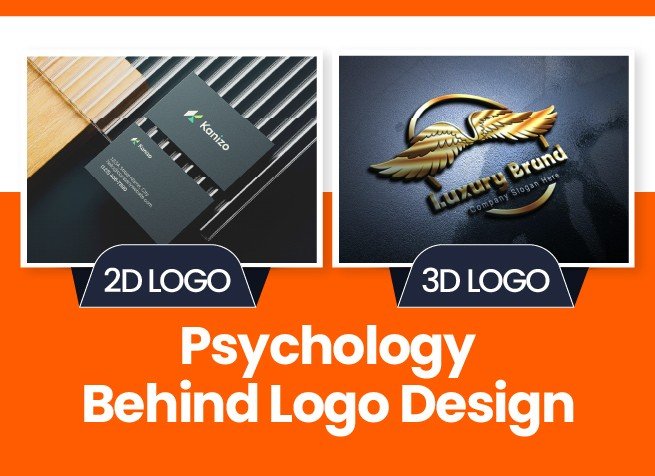In the realm of business communication, great letterhead designs serve as a powerful tool for establishing professionalism and brand identity. Whether employed for formal letters, invoices, or proposals, a thoughtfully crafted letterhead can make a lasting impact on the recipient.
However, making a creative letterhead design requires careful consideration to ensure it effectively represents your brand while adhering to design best practices. In this article, we’ll explore some common mistakes to avoid when designing letterheads, along with essential dos to help you craft a compelling and professional image for your business.
Dos:
1. Maintain Consistency: Consistency is key when it comes to branding. Your letterhead should align with your brand’s visual identity, including colors, fonts, and logos. Use the same design elements that are present on your website, business cards, and other marketing materials to reinforce brand recognition.
2. Keep It Simple: A cluttered letterhead can detract from the message you’re trying to convey. Keep the design clean and minimalistic, focusing on essential elements such as your company name, logo, and contact information. Avoid overcrowding the letterhead with unnecessary graphics or text.
3. Choose Legible Fonts: The font you select for your letterhead should be clear and easy to read. Opt for professional-looking fonts that are appropriate for business correspondence. Avoid decorative or overly stylized fonts that may be difficult to decipher, especially when printed in small sizes.
4. Include Contact Information: Your personal letterheads should prominently feature your company’s contact information, including the address, phone number, email address, and website URL. Make it easy for recipients to get in touch with you by providing clear and up-to-date contact details.
5. Use High-Quality Paper: The quality of the paper you use for your letterhead can significantly impact its appearance and perceived professionalism. Choose a high-quality paper stock that feels substantial and durable. A well-printed letterhead on premium paper conveys a sense of quality and attention to detail.
6. Consider White Space: White space, or negative space, plays a crucial role in effective design. Allow sufficient white space around your letterhead elements to prevent the design from feeling cramped. White space helps to create balance and allows the eye to focus on key elements of the letterhead.
7. Test for Printability: Before finalizing your creative letterhead design, test it for printability to ensure that it looks good when printed on paper. Print a sample copy using your office printer or a professional printing service to check for any issues with color, alignment, or resolution. Make any necessary adjustments to ensure that the printed version accurately reflects your intended design.
Don'ts:
1. Overcomplicate the Design: Avoid overcomplicating your personal letterheads with unnecessary graphics, patterns, or embellishments. A cluttered design can distract from the content of the letter and diminish its impact. Keep the design simple and focused on conveying your brand identity effectively.
2. Use Low-Quality Images: When incorporating images or logos into your creative letterhead design, make sure they are high-resolution and of good quality. Low-quality images can appear pixelated or blurry when printed, detracting from the overall professionalism of the letterhead. Invest in high-quality graphics to ensure a polished and professional appearance.
3. Neglect Branding Guidelines: Great letterhead designs should adhere to your brand’s established guidelines and standards. Consistency is key to maintaining brand recognition and credibility. Avoid deviating from your brand’s colors, fonts, and logo usage guidelines, as this can dilute your brand identity and confuse recipients.
4. Crowd the Header: The header section of your letterhead should contain essential information such as your company name and logo. Avoid overcrowding this area with excessive text or graphics, as it can make the letterhead appear cluttered and unprofessional. Keep the header clean and streamlined for maximum impact.
5. Forget about Alignment: Pay attention to the alignment of text and graphics on your letterhead to ensure a polished and professional appearance. Use gridlines or guidelines to maintain consistency in spacing and alignment throughout the design. Misaligned elements can detract from the overall cohesion of the letterhead.
6. Ignore Printing Limitations: Be mindful of printing limitations when designing your letterhead, especially if you plan to print it in-house or use a specific printing method. Avoid using colors that may not reproduce accurately in print or intricate design elements that may be difficult to reproduce at smaller sizes. Consider consulting with a professional printer to ensure that your design is print-friendly.
7. Skip Proofreading: Before finalizing your personal letterheads, thoroughly proofread the content for spelling, grammar, and formatting errors. Typos or inaccuracies on your letterhead can undermine your professionalism and attention to detail. Take the time to review the content carefully or enlist the help of a colleague or professional proofreader to ensure accuracy.
In conclusion, crafting great letterhead designs requires attention to detail and adherence to best practices in branding and design. By following these dos and avoiding common pitfalls, you can create a compelling and professional letterhead that enhances your brand image and leaves a positive impression on recipients. Remember to maintain consistency, keep the design simple and legible, and prioritize printability to ensure that your letterhead effectively represents your business in all your communications. don’t hesitate to get in touch
